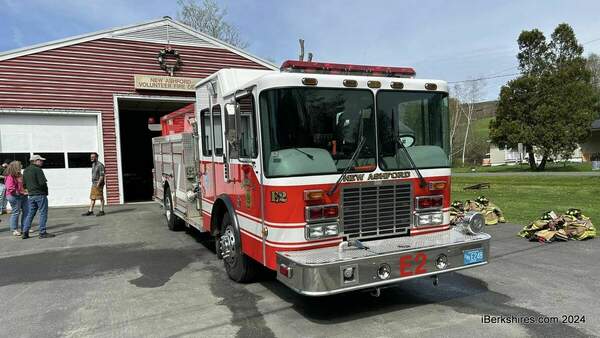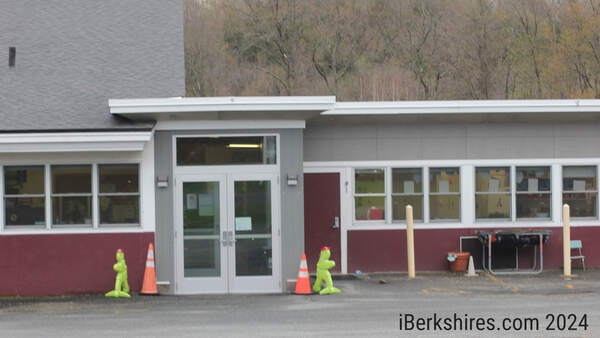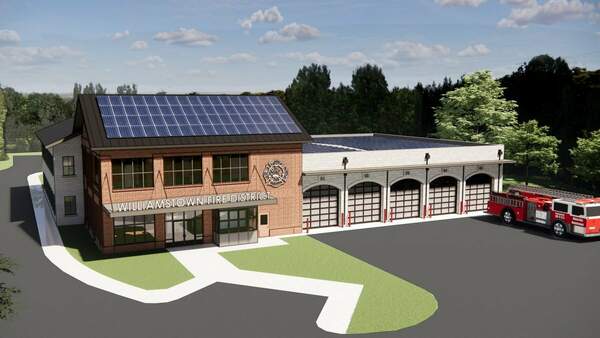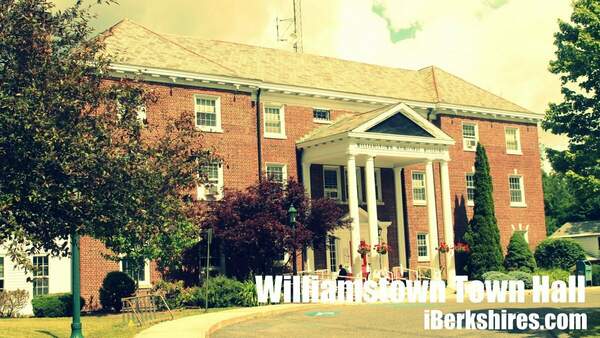North County Says Proposed Local Aid Cuts Manageable
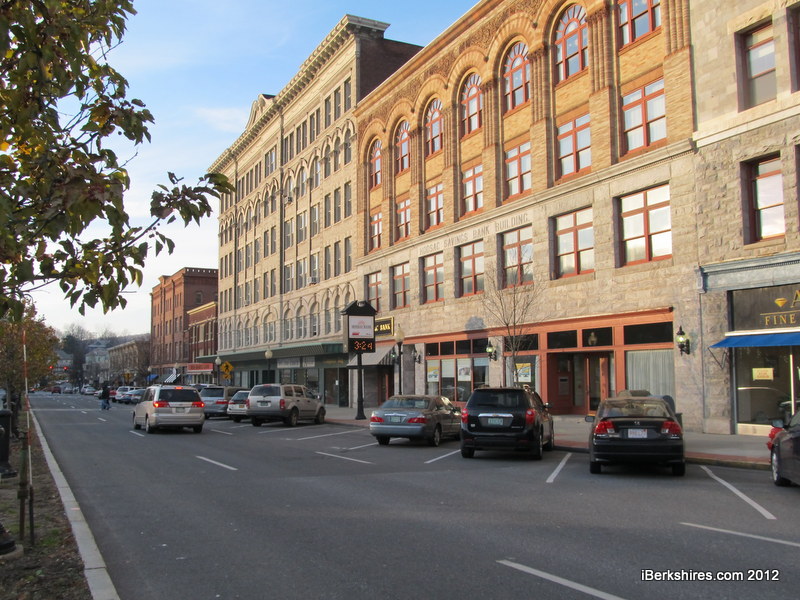 |
|
— Mayor Richard Alcombright |
NORTH ADAMS, Mass. — Local officials aren't happy about a proposal to cut aid to cities and towns by 1 percent but say it is manageable.
Gov. Deval Patrick has called on the Legislature to allow him scale back unrestricted municipal aid midway through the fiscal year to offset a decline in expected revenues. The move is part of a plan to eliminate a $540 million deficit.
Locally, cities and town would rather not see the loss in revenue from their budgets but the amount isn't dramatic enough to throw local finances off.
For the town of Adams, the 1 percent cut would be about $20,000, which will be made up in free cash.
"Obviously, we prefer not to see money like this lost midway through a budget season. But with a total town operations budget of over $13 million, this cut will be absorbed throughout various departments and line items without making any finite impact," Town Administrator Jonathan Butler said on Friday. "One percent we can withstand, but a cut of 3, 4 or 5 percent would force us to make specific mid-year cuts to operations."
The same rings true for the city of North Adams. Mayor Richard Alcombright said the 1 percent cut, which is nearly $40,000, can be absorbed this year without any drastic measures. The cut itself isn't a major concern but rather what it may mean for future funding.
"The $40,000, I'm hoping, is a one-time adjustment and further cuts won't happen," Alcombright said. "I think we are in a position where we can handle these things now but what about what moving forward?"
Alcombright is now questioning if the next state budget will level fund aid (and to what level — the original or reduced amount) and if there will be further cuts to the coming fiscal 2014 budget.
"I am afraid of what the message is here," Alcombright said.
Alcombright said his goal is to eradicate a $600,000 structural deficit; the proposed reductions jump that figure to $640,000. Reducing that requires both raising revenue through taxes and cutting spending. Level-funding local aid each year results in what the mayor considers a 2 or 3 percent cut because of rising costs. A continuing track of level-funding or even more cuts could make it even more difficult to dig into the deficit.
The revenue shortage on the state level is a reversal of last year, when the state had surpluses and midway through the year upped local aid.
"We kind of turned a corner where we thought we'd see increases in local aid," Alcombright said. "Is this the beginning of something worse?"
Adams has been looking to build up enough reserves to start making capital investments. At a recent Selectmen's meeting, Butler said the projections for the fiscal 2014 budget won't include as much of a capital investment he wanted because of lower revenues.
In Williamstown, Town Manager Peter Fohlin said budgets are built assuming the worst so the cut, which is about $8,000, isn't too difficult to manage.
"We build our budgets on fiscally conservative principles to guard against downturns in state aid, building permits, motor vehicle excise taxes, or other major revenue sources. This isn’t the first time that state aid has been cut mid-year, and we’ll be fine," he said. "I’m far more concerned about a potentially severe and expensive winter than I am about an $8,000 cut in state aid."
Tags: budget cuts, capital projects, fiscal 2013, local aid, state budget,


